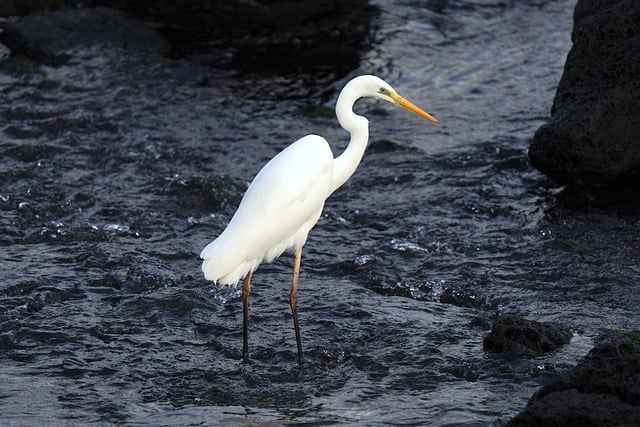Animals form a rich mosaic of life, each species finely adapted to its unique environment. This article delves into the varied ecosystems that host animal diversity, highlighting their remarkable adaptations and survival strategies. From the dense rainforests to the arid deserts, creatures big and small demonstrate extraordinary resilience. Yet, these living jewels face pressing conservation challenges in our rapidly changing world. Join us as we explore the vital importance of safeguarding the animal kingdom for future generations.
The Diverse Ecosystems of Animal Life: An Overview
Animals inhabit a myriad of diverse ecosystems across the globe, each with its unique set of conditions and adaptations. From the arid deserts where kangarats thrive on sparse vegetation to the dense rainforests teeming with exotic species like toucans and jaguar, these environments are tailored to the life forms they support. The animal kingdom is a testament to nature’s ingenuity, with creatures exhibiting an array of survival strategies suited to their habitats. In aquatic realms, marine animals such as whales and octopuses navigate through oceans, showcasing adaptations like insulation for cold waters or bioluminescent camouflage for deep-sea environments. On land, mammals and birds traverse various terrains, from the African savannas to the icy expanses of Antarctica, demonstrating remarkable resilience and diversity that continues to fascinate scientists and conservationists alike. The study of these ecosystems and their inhabitants is crucial for understanding biodiversity and the delicate balance of life on Earth. Conservation efforts aim to preserve these rich environments and the myriad species that call them home, ensuring the continued survival of animal life in an ever-changing world.
Adaptations and Survival Strategies Across Different Species
Animals have evolved a myriad of adaptations and survival strategies that are as diverse as the habitats they occupy. Take, for instance, the camel, which possesses specialized adaptations for desert survival. Its large hump contains a fatty substance called camel’s milk, providing sustainable energy in environments where water is scarce. The camel’s thick lips and long lashes protect its eyes from sandstorms, while its padded feet prevent it from sinking into soft sand. In stark contrast, the arboreal sloth exhibits different adaptations suited for life among the treetops of South America. With a diet almost entirely composed of leaves, these slow-moving creatures have evolved extremely slow metabolisms to conserve energy and reduce waste production. Their long claws allow them to grip branches firmly, while their specially adapted immune system only activates when an infection is present, thereby conserving energy for vital activities.
Similarly, the polar bear’s adaptations are perfectly suited to its Arctic habitat. Its dense white fur provides camouflage against the snow and ice, while its large paws act as natural snowshoes, allowing it to cover vast distances in search of seals, its primary food source. The polar bear’s black skin beneath the blanched fur helps absorb the sun’s heat, an essential survival strategy in the frigid Arctic temperatures. In the aquatic realm, the octopus showcases remarkable adaptations for a solitary life. Its soft body allows it to squeeze into small crevices for shelter and hunting, while its ability to change color and texture helps it blend seamlessly into its surroundings. The octopus’s intelligence is evident in its use of tools, problem-solving skills, and the creation of intricate dens, all of which contribute to its survival and success in the oceanic environment. These examples underscore the incredible diversity of life on Earth, with each species showcasing unique adaptations and survival strategies tailored to their specific ecological niche.
Conservation Efforts and Challenges Facing Animals Today
Globally, conservation efforts for animals are a critical response to the myriad threats they face in their natural habitats. These initiatives encompass a wide range of activities, from habitat preservation and restoration to legislation aimed at protecting endangered species. Conservationists work tirelessly to monitor populations, mitigate human-wildlife conflicts, and promote coexistence strategies that allow both wildlife and human communities to thrive. The use of technology, such as GPS tracking and camera traps, has significantly improved our understanding of animal behavior and the challenges they encounter. Climate change, habitat destruction, pollution, and illegal wildlife trade are just a few of the pressing issues that conservationists strive to address. Efforts to combat these threats often involve international collaboration, public education campaigns, and policy advocacy to ensure sustainable practices across various sectors. The resilience and adaptability of certain animal species serve as inspiration for these conservation endeavors, underscoring the importance of biodiversity for the health of our planet.
